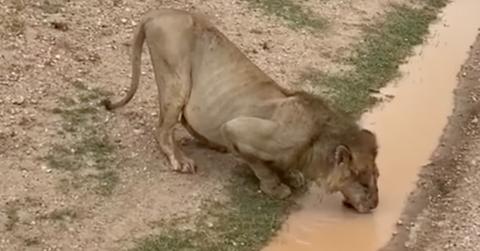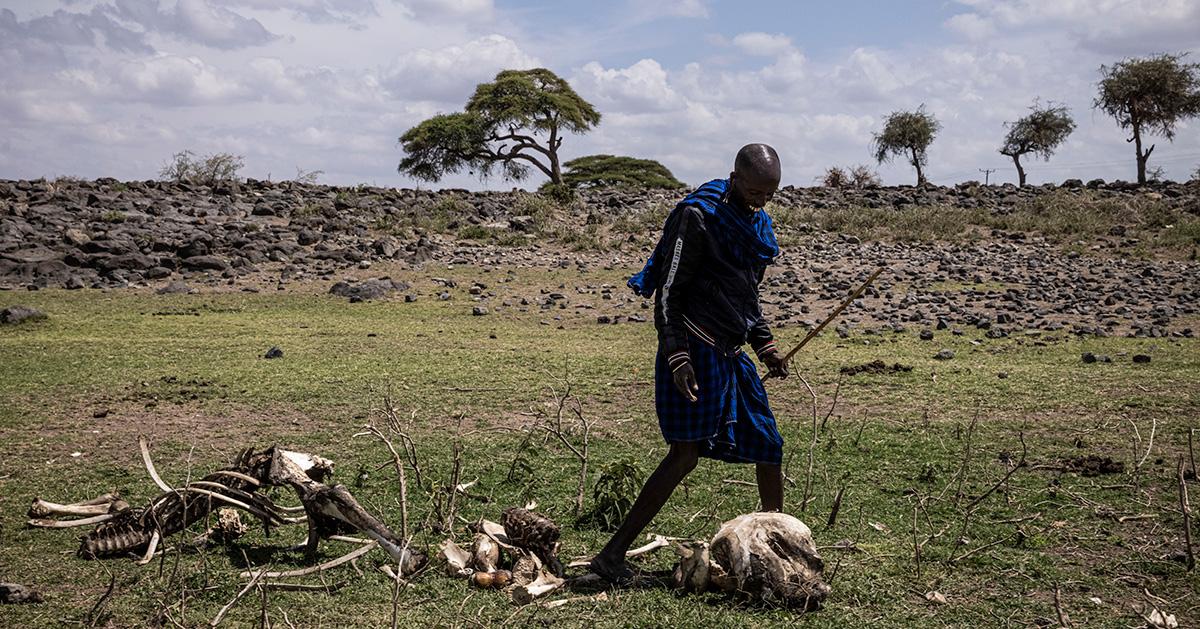Human-Lion Conflict Claims Oldest Lion in Africa: A Devastating Consequence of Climate Crisis
Published May 19 2023, 4:28 p.m. ET

Earlier this week, animal activists in Kenya announced the death of Loonkiito, a 19-year-old lion believed to be one of the oldest — if not the oldest — wild lion in Africa. Lion Guardians, an animal conservation group, shared the news that the 19-year-old lion was killed after being speared by herders in Kenya’s Amboseli National Park.
“It is with heavy hearts that we share the news of the passing of Loonkito (2004-2023), the oldest male lion in our ecosystem and possibly in Africa,” the Lion Guardians wrote on Facebook. “He was a symbol of resilience and coexistence. We at Lion Guardians feel privileged to have borne witness to his life and his legacy.”
The incident — described by Lion Guardians as a “human-lion conflict” — was later confirmed by a spokesperson for Kenya Wildlife Service, who explained that the incident occurred after Loonkiito found his way [into] a livestock pen on the outskirts of the park. “It was an old lion that had issues … getting prey on its own and livestock is easy prey,” the spokesperson told the AFP. “A normal lion would go for wildlife inside the park.”
In addition to his old age, the activists at Lion Guardians explained that the weather changes brought on by climate change have only exacerbated these issues where wild animals find themselves wandering into areas inhabited by humans and domesticated animals — leaving many people feeling threatened, sometimes to the point of harming the animal.
“The end of a drought is habitually marked by an uptick in human-lion conflict as wild prey recover and become more difficult to hunt. In desperation, lions often turn to take livestock,” the group explained. “Since livestock owners lost so many of their animals to the drought, they are particularly vigilant in watching over their remaining animals. Unfortunately, Loonkiito was caught up in this dynamic as he was starving and jumped into a corral in the middle of the night.”
They went on to call the incident a “tough situation for both sides, the people and the lion.”

The drought has claimed the lives of more wildlife than any previous on record.
The drought that led to these conflicts was the worst drought in four decades, and was said to have killed more wildlife in the park — located at the foot of Mt. Kilimanjaro — than any other in recorded history, the International Fund for Animal Welfare (IFAW) reported earlier this year.
Without rain, the vegetation necessary for both wildlife and the cattle herders located in the park wasn’t able to grow. Not only does IFAW predict that it’ll take at least three years for the environment, described as “barren and starved of new vegetation,” to recover, but it’s something that will likely get worst without serious action and intervention to protect our planet.
“The drought has been caused by climate change with disasters such as this anticipated to only get worse,” Evan Mkala, program manager for IFAW, explained. “We cannot afford to provide short-term solutions — we need long-term action and change."